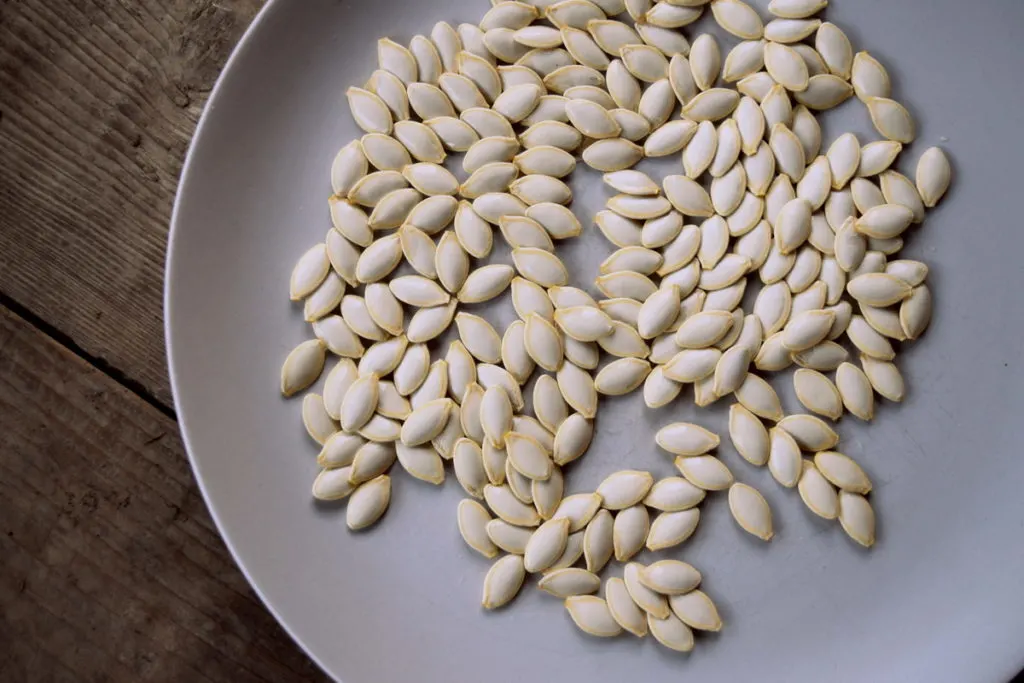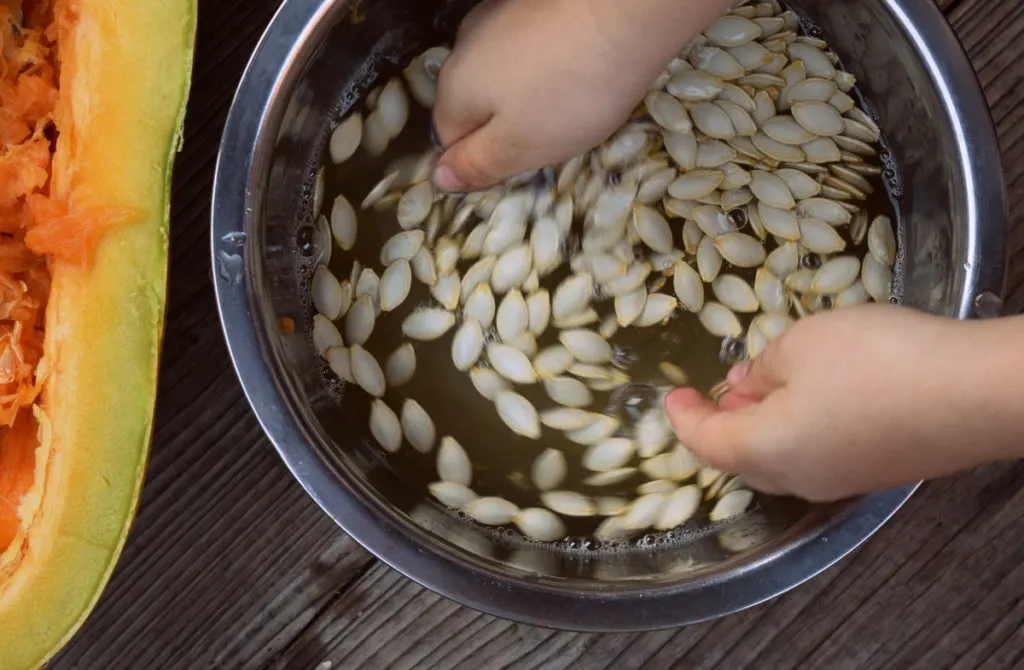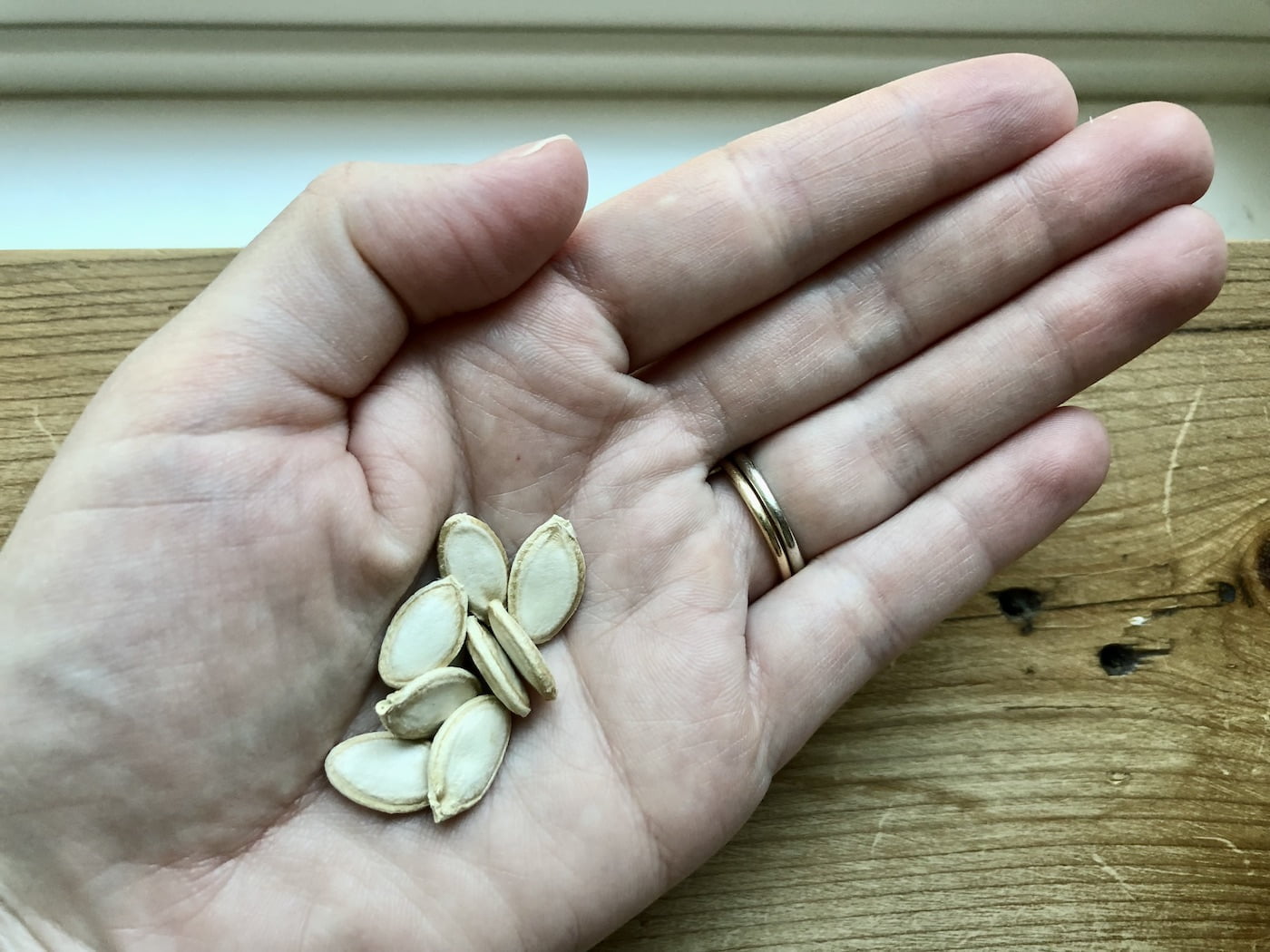Growing your own zucchini can be a rewarding experience, but if you want to continue growing these delicious vegetables in the future, it’s important to know how to properly dry zucchini seeds. By learning the right techniques, you can ensure that your saved seeds are viable and will give you a bountiful harvest year after year. In this article, we will explore the step-by-step process of drying zucchini seeds, from harvesting to storing, so you can confidently save and reuse your zucchini seeds for seasons to come.
Selecting and Harvesting Zucchini Seeds
Choosing the Right Zucchini
When selecting zucchini for seed harvesting, it’s important to choose mature zucchinis that have reached their full size and are fully ripe. Look for zucchinis that have a glossy skin and feel firm when gently pressed. Avoid selecting zucchinis that are overly soft or have blemishes and bruises.
Allowing Zucchini to Ripen on the Vine
To ensure that you have high-quality zucchini seeds, it’s best to allow the zucchinis to fully ripen on the vine. When the zucchini reaches its full size and the skin becomes hard, it is an indication that it is ready for harvest. Leaving the zucchinis on the vine allows the seeds to fully develop, ensuring their viability.
Harvesting Ripe Zucchini
To harvest ripe zucchinis for seed extraction, gently cut the zucchinis from the vines using a sharp knife or pruning shears. It’s important to handle the zucchinis with care to avoid any damage to the seeds. Leave a small portion of the stem attached to the fruit, as this will aid in drying and storing the seeds.
Extracting Zucchini Seeds
After harvesting the zucchinis, it’s time to extract the seeds. Cut the zucchinis lengthwise and use a spoon or your fingers to scoop out the seeds and surrounding pulp. Place the seeds and pulp in a bowl, as we will need to clean them in the next step.
Cleaning and Preparing Zucchini Seeds
Removing Debris and Pulp
Once the zucchini seeds have been extracted, it’s important to remove any debris and pulp clinging to them. Gently rub the seeds between your fingers to separate them from the pulp. You can also wash the seeds lightly to aid in the removal of any remaining debris. Be careful not to damage the seeds while cleaning them.
Rinsing the Seeds
To ensure that the zucchini seeds are clean and free from any remaining pulp, rinse them under cool running water. Use a fine-mesh sieve or a strainer to prevent the seeds from washing away. Thoroughly rinse the seeds, gently agitating them with your fingers to remove any remaining pulp.
Drying Off Excess Water
After rinsing the zucchini seeds, it’s important to remove any excess water before proceeding with the drying process. Place the seeds on a clean towel or paper towel and gently pat them dry. Avoid rubbing or pressing on the seeds too hard, as this may damage them. Allow the seeds to air dry for a few minutes until they are no longer wet to the touch.

Air Drying Zucchini Seeds
Spreading Seeds on a Tray or Screen
To air dry zucchini seeds, spread them out in a single layer on a tray or a fine mesh screen. Make sure to space the seeds out evenly to ensure proper airflow and prevent them from sticking together. Avoid using trays or screens that are made of materials that can absorb moisture, as this can hinder the drying process.
Selecting a Warm and Dry Location
For successful air drying, choose a warm and dry location to place the trays or screens with the zucchini seeds. Optimal temperatures for drying seeds range between 70°F to 85°F (21°C to 29°C). Avoid locations that are humid or damp, as this can lead to mold or spoilage of the seeds.
Stirring and Flipping Seeds Regularly
During the air drying process, it’s important to stir and flip the zucchini seeds regularly. This helps to prevent the seeds from clumping together and ensures that all sides of the seeds are exposed to the air. Gently move the seeds around with your hands or a utensil to encourage even drying.
Ensuring Proper Air Circulation
To facilitate the drying process, ensure that there is proper air circulation around the zucchini seeds. Position fans near the drying area to promote airflow and aid in moisture evaporation. This will help to prevent the seeds from becoming moldy or developing fungal infections.
Checking for Dryness
After a week or two of air drying, it’s essential to check the zucchini seeds for dryness. The seeds should feel hard and brittle to the touch when they are fully dry. To confirm their dryness, gently press a seed between your fingernails. If it cracks or breaks, the seeds are dry and ready for storage. If they feel soft or pliable, continue the drying process until they reach the desired dryness.
Using a Dehydrator
Prepping the Dehydrator
If you prefer using a dehydrator for drying your zucchini seeds, start by ensuring that the dehydrator is clean and in good working condition. Remove any trays or racks that are not needed for the seed drying process. Clean the trays or racks thoroughly to remove any previous residue or debris.
Spreading Seeds on Dehydrator Trays
Next, spread the zucchini seeds evenly on the dehydrator trays or screens. Make sure not to overcrowd the trays to ensure proper airflow during the drying process. Leave space between the seeds to prevent clumping and ensure that all sides of the seeds are exposed to the heat and airflow.
Setting the Temperature and Time
Set the dehydrator to a temperature between 90°F to 100°F (32°C to 38°C) for drying zucchini seeds. The drying process usually takes around 4 to 8 hours, depending on the dehydrator model and the moisture content of the seeds. Refer to the dehydrator’s manual for specific guidelines on temperature and time settings.
Rotating Trays During Dehydration
To ensure even drying, rotate the trays or racks inside the dehydrator during the drying process. This helps to promote uniform heat distribution and prevents any hot spots that may cause uneven drying. Rotate the trays every 2 hours or as recommended by the dehydrator’s instructions.
Monitoring and Testing Seeds for Dryness
Regularly monitor the zucchini seeds during the dehydration process. Check for dryness by gently pressing a seed between your fingernails. Once the seeds are dry and snap easily, they are ready for storage. If the seeds still feel moist or flexible, continue the drying process until they reach the desired dryness.

Using an Oven
Preheating the Oven
If you don’t have a dehydrator, you can also use an oven to dry your zucchini seeds. Preheat the oven to the lowest temperature setting available. Make sure the oven temperature is between 100°F to 120°F (38°C to 49°C) for optimal seed drying. Using a thermometer can help ensure accuracy.
Preparing the Seeds on a Baking Sheet
Line a baking sheet with parchment paper or a silicone baking mat to prevent the zucchini seeds from sticking. Spread the seeds evenly on the prepared baking sheet, taking care not to overcrowd them. Leave space between the seeds to allow for proper air circulation during the drying process.
Baking the Seeds
Once the oven is preheated, place the baking sheet with the zucchini seeds in the oven. Keep the oven door slightly ajar to allow moisture to escape during the drying process. This helps to prevent the seeds from becoming soggy. Bake the seeds for approximately 2 to 4 hours, or until they are dry and brittle.
Stirring and Checking Seeds
While the zucchini seeds are in the oven, stir them occasionally to ensure even drying. Gently shake the baking sheet or use a spatula to move the seeds around. Additionally, check the seeds for dryness by pressing one between your fingernails. If it snaps easily, the seeds are dry and ready for cooling.
Allowing the Seeds to Cool
After removing the zucchini seeds from the oven, allow them to cool completely before transferring them to a storage container or bag. The cooling process helps to firm up the seeds and prevents any residual warmth from causing moisture buildup in the container. Cool the seeds on the baking sheet for about an hour.
Storing Dried Zucchini Seeds
Using Airtight Containers or Jars
To maintain the quality and viability of your dried zucchini seeds, it’s important to store them properly. Place the seeds in airtight containers or glass jars, making sure to remove any excess air before sealing. Airtight containers or jars help to prevent moisture and air from reaching the seeds, thus prolonging their shelf life.
Adding Desiccant Packets
To further protect the zucchini seeds from moisture, consider adding desiccant packets to the storage containers. Desiccant packets absorb excess moisture, keeping the seeds dry and preventing the growth of mold or mildew. Make sure to use food-safe desiccant packets that are suitable for seed storage.
Labeling and Date
When storing dried zucchini seeds, it’s crucial to label the containers or jars with the seed variety and the date of harvesting. This information will help you keep track of the seed inventory and ensure that you use the oldest seeds first before they lose their viability. Use waterproof labels or markers to prevent smudging or fading.
Choosing a Cool and Dark Storage Area
To maintain the quality and longevity of the zucchini seeds, store them in a cool and dark area. Optimal storage temperatures range between 32°F to 41°F (0°C to 5°C). Avoid storing the seeds in areas that are exposed to sunlight, as this can lead to temperature fluctuations and moisture buildup.

Testing Seed Viability
Performing the Water Germination Test
To assess the viability of the zucchini seeds before planting, you can perform the water germination test. Fill a glass or container with room temperature water and place the zucchini seeds in it. Let the seeds soak for about 15 minutes, then observe their behavior. Viable seeds will sink to the bottom, while non-viable seeds will float or remain suspended in the water.
Interpreting the Results
After performing the water germination test, evaluate the results to determine the viability of the zucchini seeds. If all or most of the seeds sank to the bottom, they are likely viable and suitable for planting. If a significant number of seeds floated or remained suspended, it indicates that they may not germinate successfully.
Performing the Seed Germination Test
For a more accurate assessment of seed viability, you can perform the seed germination test. Moisten a paper towel or a cotton pad and place it in a sealable plastic bag. Arrange a few zucchini seeds on the moistened material and seal the bag. Keep the bag in a warm place with consistent temperature.
Evaluating the Germination Rate
After a few days, check the zucchini seeds for signs of germination. Viable seeds will sprout and show signs of growth, such as root development and emerging seedlings. Count the number of seeds that have successfully germinated and calculate the germination rate. A high germination rate indicates that the seeds are still viable and suitable for planting.
Tips and Precautions
Harvest Seeds from Non-Hybrid Zucchini
For the best results, it’s recommended to harvest seeds from non-hybrid zucchini varieties. Hybrid zucchinis may not produce seeds that are true to their parent plant, leading to undesirable traits in future crops. Select open-pollinated or heirloom zucchini varieties to ensure seed purity and consistency.
Avoid Seeds from Moldy or Diseased Zucchini
When selecting zucchini for seed harvesting, avoid picking seeds from zucchinis that show signs of mold or disease. These zucchinis may carry fungal or bacterial pathogens that can affect seed quality and future plant health. Choose zucchinis with healthy and unblemished skin for the best seed extraction results.
Clean and Dry Hands When Handling Seeds
To prevent contamination and moisture transfer, always make sure to clean and dry your hands thoroughly before handling zucchini seeds. Oils, dirt, and moisture from your hands can potentially affect the integrity of the seeds and reduce their viability. Use clean gloves if necessary, especially when working with a large quantity of seeds.
Store Seeds at Optimal Temperature and Humidity
Proper storage temperature and humidity are crucial for preserving the viability of zucchini seeds. Aim to store the seeds at a temperature between 32°F to 41°F (0°C to 5°C) with a humidity level of around 35% to 50%. Avoid storing the seeds in areas prone to temperature fluctuations, high humidity, or direct sunlight, as these conditions can reduce seed quality.
Regularly Check Stored Seeds for Viability
Even with proper storage, seed viability can decline over time. To ensure that your zucchini seeds remain viable, it’s important to perform regular germination tests. This will help you to identify any decline in germination rates and assess the need for seed replacement or further testing. Regularly monitoring the viability of stored seeds ensures successful future harvests.

Conclusion
Harvesting and drying zucchini seeds is a rewarding process that allows you to save and replant your favorite zucchini varieties. By following proper techniques for selecting, harvesting, cleaning, and drying the seeds, you can increase their viability and ensure successful germination. Remember to store the dried seeds in a cool, dark, and airtight environment to retain their quality. Regularly checking seed viability through germination tests will help you maintain a healthy supply of zucchini seeds for future growing seasons. So, equip yourself with the knowledge and techniques outlined in this comprehensive guide, and enjoy the satisfaction of growing zucchinis from your very own saved seeds. Happy gardening!



